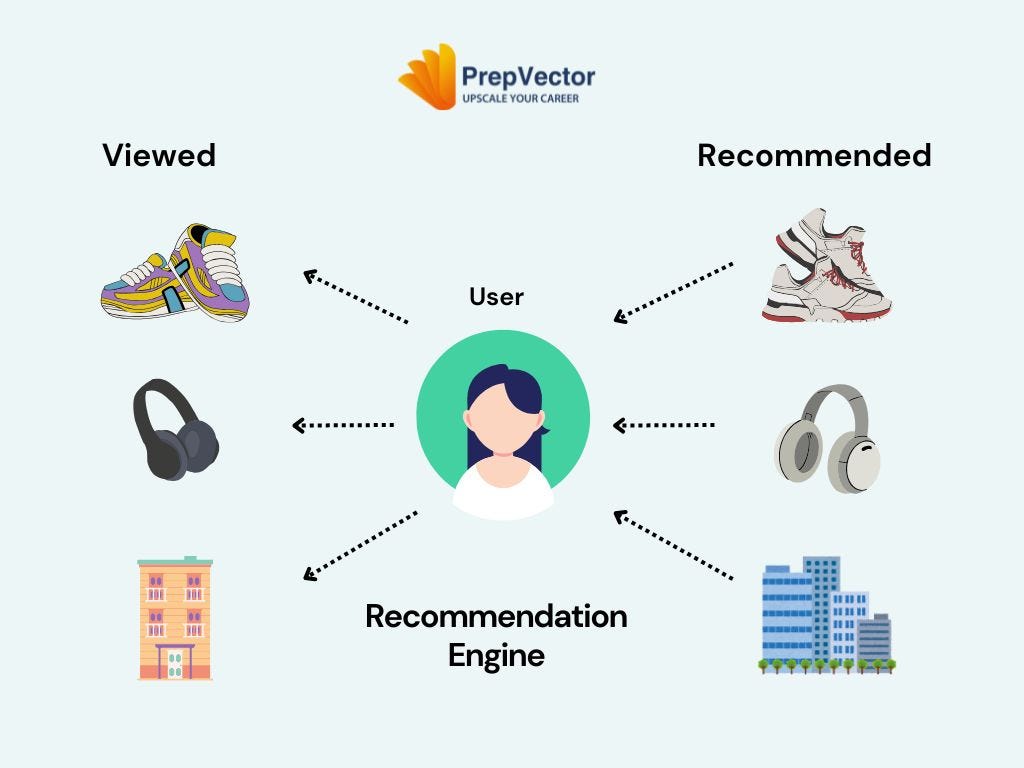Building your own Recommender Systems
Discover the art and science behind recommendation systems in our 4-part series with experts Manisha Arora and Arun Subramanian.
Personalized recommendations power so many of the digital experiences we encounter every day, from streaming platforms suggesting our next favorite show to online stores curating product suggestions just for us. For data scientists, building these systems is both an art and a science—one that can unlock immense value for businesses and provide deeper, more meaningful user engagement.
In this 4-part blog series, I’m thrilled to partner with Manisha Arora, Data Science Lead at Google Ads, to take you on a deep dive into the world of recommendation engines. Together, we’ll explore both the fundamental types of recommender systems and the practical, hands-on approaches to building your own.
About the Writers:
Manisha Arora: Manisha is a Data Science Lead at Google Ads, where she leads the Measurement & Incrementality vertical across Search, YouTube, and Shopping. She has 11+ years experience in enabling data-driven decision making for product growth.
Arun Subramanian: Arun is an Associate Principal of Analytics & Insights at Amazon Ads, where he leads development and deployment of innovative insights to optimize advertising performance at scale. He has over 12 years of experience and is skilled in crafting strategic analytics roadmap, nurturing talent, collaborating with cross-functional teams, and communicating complex insights to diverse stakeholders.
Here’s what you can expect from each part of the series:
Part 1: Types of Recommender Systems – We’ll explore the foundational approaches and types, including collaborative filtering, content-based filtering, and hybrid methods, so you can understand the options and best fit for your use case.
Part 2: Evaluation Metrics for Recommender Systems – Knowing how well your recommender system performs is crucial. We’ll discuss key metrics, such as precision, recall, and diversity, to evaluate your model’s effectiveness.
Part 3: Building Your Own Recommendation System: Content-Based – In this hands-on post, we’ll guide you through building a content-based recommender system, leveraging data on users' past behavior and item attributes.
Part 4: Building Your Own Recommendation System: Collaborative Filtering – We’ll wrap up with a practical look at collaborative filtering techniques, from user-based to item-based methods, and how to implement them in real-world applications.
Reference codes will be shared on this GitHub repository.
This series is designed for data professionals looking to build foundational skills in recommendation systems or those ready to take their models to the next level. Whether you’re new to recommendation engines or have some experience, these posts will offer both theoretical knowledge and practical insights to help you create systems that resonate with users.
Stay tuned for the first part of the series!



